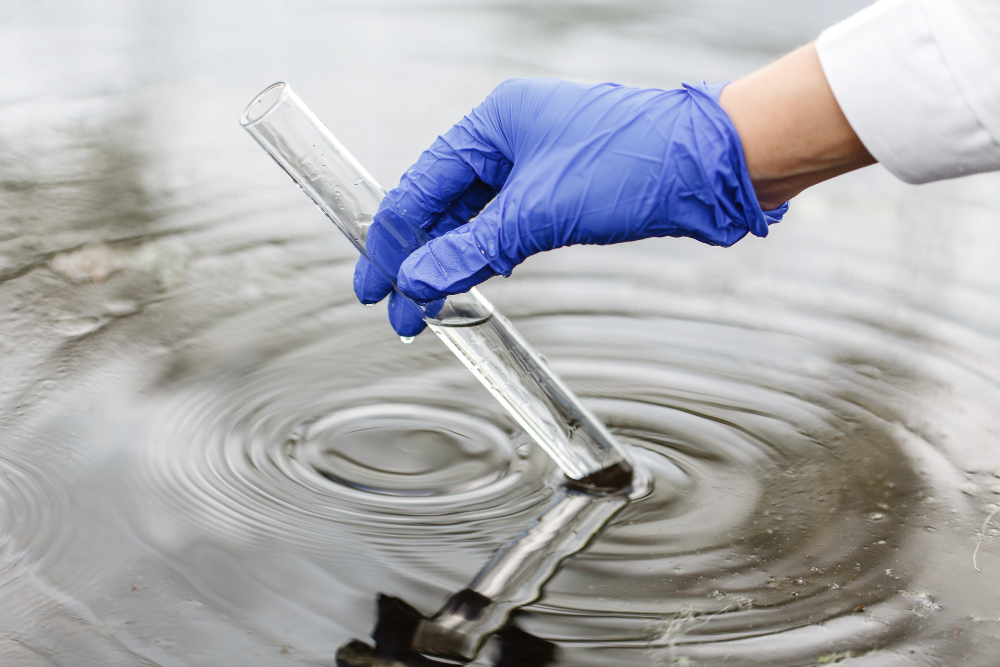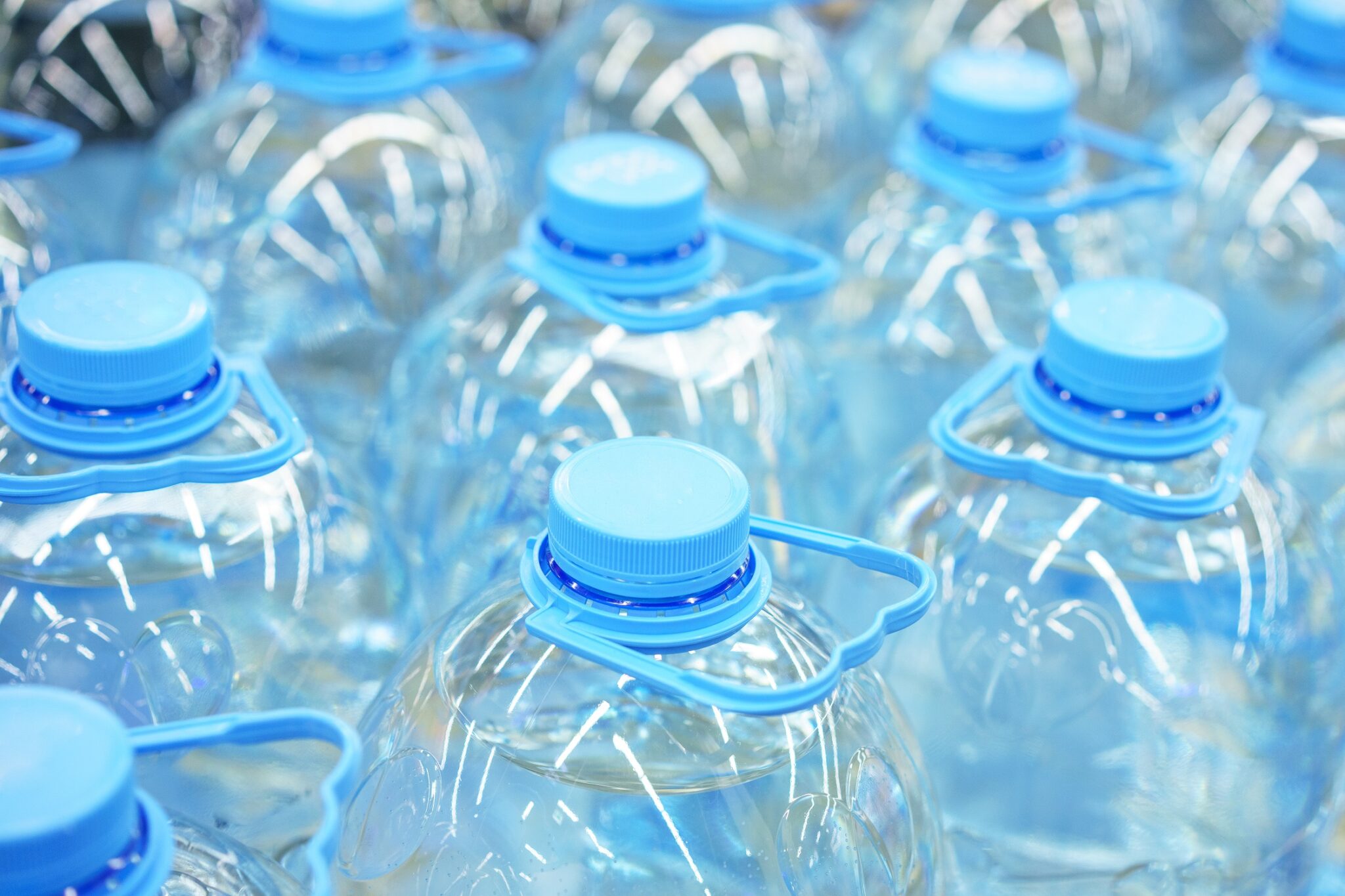Per- and polyfluoroalkyl substances (PFAS) have gained attention in recent years due to their widespread presence in the environment and potential health risks associated with exposure. These man-made chemicals have been used in a variety of consumer products for decades due to their unique water and grease-resistant properties. However, mounting evidence suggests that prolonged exposure to PFAS may contribute to various health concerns, including cancer, thyroid disease, and immune system dysfunction. While regulatory efforts are underway in North and South Carolina to limit the use of PFAS, individuals can also take proactive steps to reduce their exposure. Here are some actionable tips to minimize PFAS intake through food, water, and consumer products:
1. Filter Your Drinking Water
One of the primary sources of PFAS exposure is contaminated drinking water. Many municipal water supplies may contain traces of PFAS due to industrial runoff or contaminated groundwater. To reduce your exposure, consider installing a water filtration system certified to remove PFAS. The Kinetico K5 Drinking Water System is the only 3rd party certified product to remove 99% of PFAS. Look for filters that utilize activated carbon or reverse osmosis technology, as these methods have been shown to effectively reduce PFAS levels in water.
2. Avoid Non-Stick Cookware
Non-stick cookware, such as Teflon-coated pans, often contains PFAS that can leach into food during cooking. Opt for alternative cookware options such as stainless steel, cast iron, or ceramic, which are safer choices for food preparation. Additionally, avoid cooking at high temperatures with non-stick cookware, as this can increase the likelihood of PFAS release.
3. Choose PFAS-Free Food Packaging
PFAS are commonly used in food packaging materials to impart grease and water resistance. When purchasing packaged foods, look for products labeled as PFAS-free or opt for items packaged in glass, paper, or cardboard containers instead of those with plastic or non-stick coatings. Additionally, minimize the use of microwave popcorn bags and takeout containers, as these often contain PFAS coatings.
4. Eat a Balanced and Varied Diet
Consuming a diverse range of foods can help reduce overall exposure to PFAS. Limit your intake of processed and packaged foods, as these are more likely to contain PFAS from food packaging. Instead, focus on fresh fruits, vegetables, lean proteins, and whole grains, which are less likely to be contaminated with PFAS. When possible, choose organic or locally sourced foods, as they may have lower levels of environmental contaminants.
5. Wash Fruits and Vegetables Thoroughly
While washing fruits and vegetables may not completely eliminate PFAS residues, it can help reduce exposure to surface contaminants. Use a scrub brush or your hands to thoroughly wash produce under running water, and consider peeling fruits and vegetables when appropriate. Additionally, discard the outer leaves of leafy greens, as they may have higher levels of contaminants.
6. Be Mindful of Stain-Resistant and Water-Repellent Clothing
Clothing treated with stain-resistant or water-repellent coatings may contain PFAS that can be absorbed through the skin or released into the environment during washing. Choose clothing made from natural fibers such as cotton or wool, which are less likely to be treated with PFAS. When purchasing outerwear or outdoor gear, opt for products labeled as PFAS-free or seek out brands committed to using safer alternatives.
7. Properly Dispose of PFAS-Containing Products
When disposing of household items that may contain PFAS, such as non-stick cookware or stain-resistant fabrics, avoid sending them to landfills where they can potentially contaminate soil and water. Instead, research local recycling or hazardous waste disposal options that can safely handle PFAS-containing materials. Some municipalities may offer special collection events or programs for PFAS disposal.
Reducing exposure to PFAS requires a combination of individual actions and collective efforts to address the widespread use and environmental persistence of these chemicals. By implementing the tips outlined above, individuals can minimize their intake of PFAS through food, water, and consumer products, thereby reducing potential health risks associated with prolonged exposure.
By following the actionable tips provided in this article, you can take proactive steps to minimize your intake of PFAS through food, water, and consumer products. Remember, every small change in your daily habits can make a big difference in reducing your overall exposure to these harmful chemicals.
At CGC Water, we understand the importance of clean and safe drinking water. With growing concerns about PFAS in North and South Carolina drinking water, we are committed to providing reliable water filtration solutions to help you protect your family. Supporting initiatives aimed at regulating PFAS use and cleanup efforts can help protect public health and the environment for future generations.







